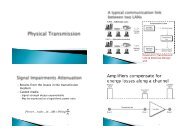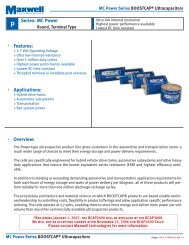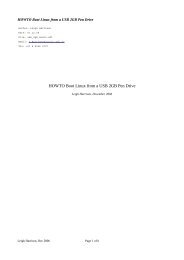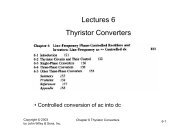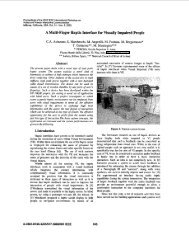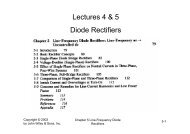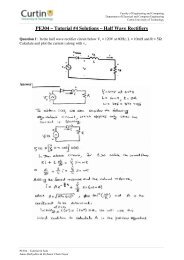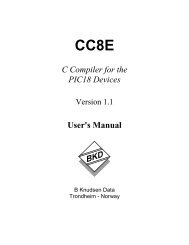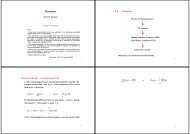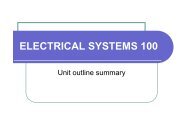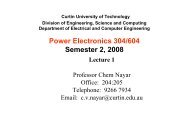2007 PhD Thesis Final Revised.pdf - Curtin University
2007 PhD Thesis Final Revised.pdf - Curtin University
2007 PhD Thesis Final Revised.pdf - Curtin University
You also want an ePaper? Increase the reach of your titles
YUMPU automatically turns print PDFs into web optimized ePapers that Google loves.
Internet but, generally speaking, the number of people who conceptually understand<br />
the Internet and those who were able to use it were similar. However, more<br />
advanced Internet applications, such as mailing lists, newsgroups and real-time chat,<br />
were only familiar to one-third of the respondents.<br />
Thus, two significant issues emerged here in relation to the disability divide.<br />
Firstly, blind and vision impaired users’ level of understanding was significantly less<br />
than that of computing concepts. This finding suggested that there were accessibility<br />
issues which prevented access to the Internet which did not of themselves limit<br />
access to personal computing as a whole. Secondly, the familiarity of users with<br />
Internet applications was rather more limited than all users, indicating that some<br />
applications which can be specifically beneficial to people with disabilities, such as<br />
mailing lists and real-time chat, were not available to them.<br />
The accessibility issues faced by people who are blind or vision impaired<br />
were reflected in many questions from this section demonstrated by the extremities<br />
in the response patterns. For example, the use of OS-based accessibility tools and<br />
third-party AT devices showed that respondents were divided in their views.<br />
Respondents largely ignored the extreme viewpoints of strongly agree and strongly<br />
disagree, and chose instead to select the less extreme views. Furthermore, the<br />
number who agreed or disagreed were very similar. This suggested that the success<br />
of AT when using the Internet was largely a hit-and-miss affair, with AT being<br />
effective on some occasions and ineffective for others. In regards to overall AT<br />
usage, this result may have indicated that much of the AT equipment and OS<br />
accessibility tools currently available did not effectively provide assistance to people<br />
who were blind or vision impaired, or that the group was not familiar with products<br />
which could have proved beneficial, or that a link had not yet been made between<br />
assisted computer use and the Internet. These possibilities were supported by the<br />
research discussed in earlier chapters regarding the accessibility issues of online<br />
information and in the survey results of the previous section.<br />
The survey also suggested that the provision of online information was<br />
another divided issue amongst respondents as there was a lack of extreme views.<br />
209



